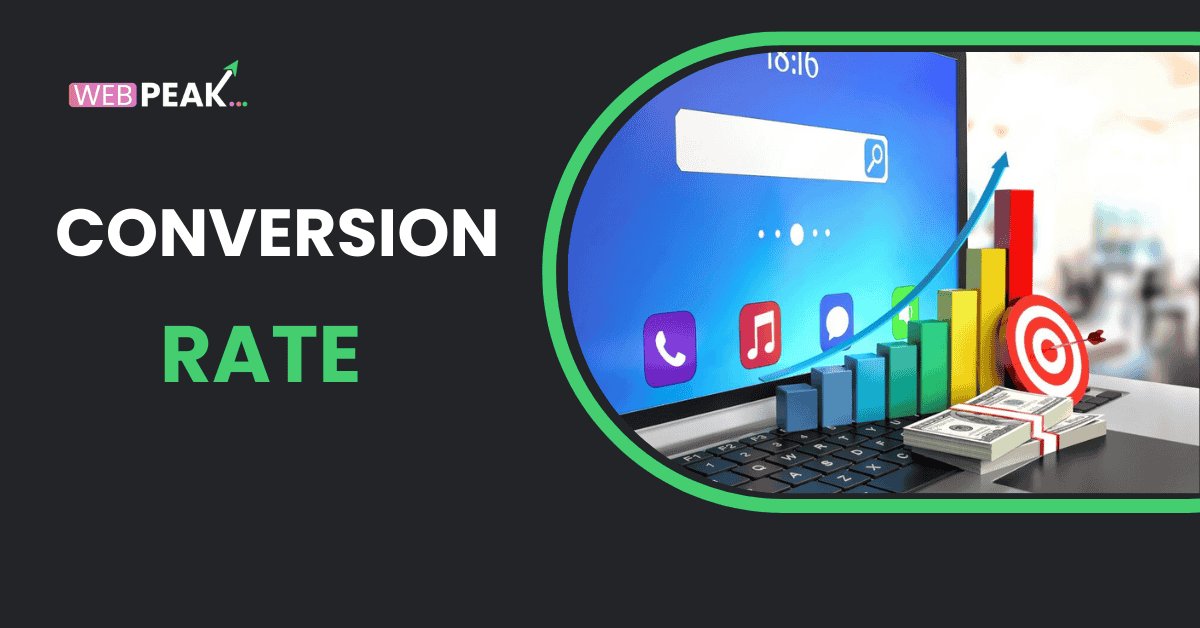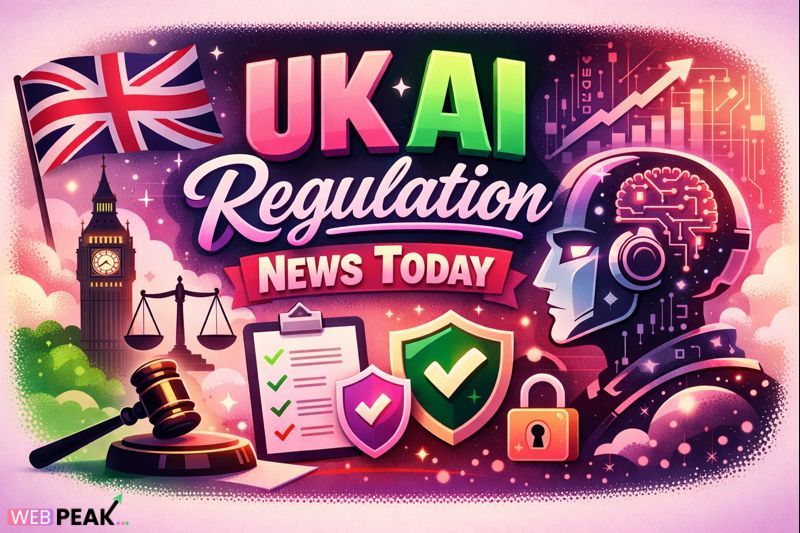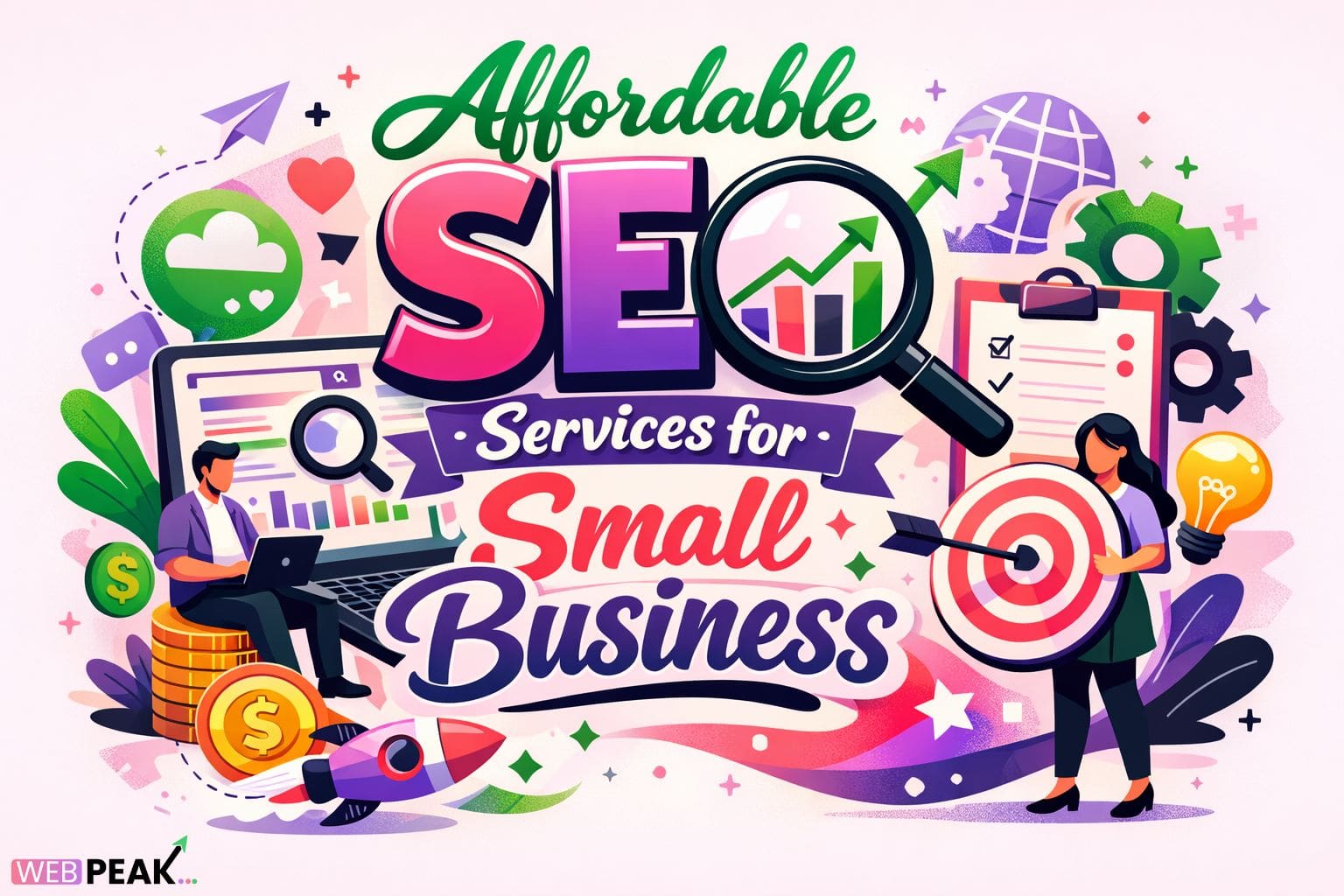What is a Good Checkout Conversion Rate?
In the world of eCommerce, the checkout conversion rate is a crucial metric that directly impacts the profitability of a business. It is a measure of how effectively a website or online store turns potential customers into actual buyers. While achieving high conversion rates is often the goal, understanding what constitutes a "good" checkout conversion rate depends on several factors, including the industry, product type, and the overall user experience provided by the website.
In this Blog, we will explore what a checkout conversion rate is, why it is important, and what factors influence it. We will also look at what constitutes a good checkout conversion rate for different types of businesses and how you can improve your checkout conversion rate by leveraging effective strategies.
Understanding Checkout Conversion Rate
What is Checkout Conversion Rate?
The checkout conversion rate refers to the percentage of website visitors who complete a purchase after adding items to their cart and proceeding to the checkout page. Essentially, it’s the ratio of the number of successful transactions to the number of visitors who initiated the checkout process.
The formula to calculate checkout conversion rate is:
Checkout Conversion Rate = (Number of Completed Orders / Number of Checkout Initiations) * 100
For example, if 500 visitors start the checkout process and 150 of them complete their purchase, the checkout conversion rate is:
Checkout Conversion Rate = (150 / 500) * 100 = 30%
A higher checkout conversion rate means more visitors are completing their purchases, which translates to higher sales and revenue for the business.
Why is Checkout Conversion Rate Important?
Your checkout conversion rate is a key performance indicator (KPI) for the success of your online store. Here's why it matters:
1. Direct Impact on Revenue
A higher checkout conversion rate means that a larger percentage of potential customers are making purchases. This results in increased sales without needing to spend additional money on marketing to acquire more traffic. In essence, improving your conversion rate is a cost-effective way to boost revenue.
2. Identifies Bottlenecks in the Process
If your checkout conversion rate is low, it may indicate issues or friction points in the checkout process that are preventing customers from completing their purchases. These bottlenecks could be anything from complicated forms to unclear shipping costs or a lack of payment options. Analyzing your checkout flow helps you identify these problems so you can address them and improve the user experience.
3. Better User Experience
A streamlined and intuitive checkout process leads to a better user experience, which in turn can increase customer satisfaction and loyalty. By focusing on improving your checkout conversion rate, you are inherently improving the overall experience for your customers, which can foster long-term relationships and repeat business.
4. Competitive Advantage
In the highly competitive world of eCommerce, every detail matters. A high checkout conversion rate can set you apart from your competitors by demonstrating that your website is user-friendly, trustworthy, and reliable. Customers are more likely to choose a business with an easy and hassle-free checkout experience over one with a clunky or confusing process.
What is a Good Checkout Conversion Rate?
Now that we understand what checkout conversion rate is and why it is important, the next question is: what is considered a good checkout conversion rate? The answer depends on a variety of factors, including your industry, product offerings, and the quality of your website. Let's break down what constitutes a good rate across different eCommerce sectors.
Industry Benchmarks
The average checkout conversion rate for eCommerce websites varies by industry. According to data from various sources, the overall average conversion rate for eCommerce websites ranges between 2-4%. However, some industries may see higher conversion rates, while others experience lower rates. Here are some industry benchmarks:
- Fashion & Apparel: The fashion and apparel industry typically sees a conversion rate of 1-2%. This is largely due to the fact that fashion shoppers tend to browse a lot before making a purchase, resulting in lower conversion rates.
- Health & Beauty: Online stores in the health and beauty sector generally have a conversion rate of around 2-3%. Customers often purchase these products based on need, so conversion rates may be slightly higher compared to fashion.
- Electronics: The electronics sector tends to have a lower conversion rate, typically ranging from 1.5-2%. This is because electronics are high-ticket items, and customers may spend more time researching before committing to a purchase.
- Food & Beverage: For food and beverage businesses, conversion rates can range from 3-4% since these products are typically purchased on impulse, especially with convenience-driven online platforms.
- Luxury Goods: Luxury products, including high-end fashion and jewelry, can see conversion rates as low as 1%, but these customers are often more discerning and willing to invest in quality items.
- B2B (Business-to-Business): B2B websites generally have conversion rates between 2-5%, depending on the product complexity and buyer behavior.
Aiming for a Good Conversion Rate
For most eCommerce businesses, a good checkout conversion rate is anything above the industry average. However, what’s considered "good" can also depend on your goals. For example, if you're a new business, hitting a 2-3% conversion rate within your first year might be an excellent achievement. On the other hand, established businesses should aim for higher conversion rates by continuously optimizing their checkout process.
Factors That Influence Checkout Conversion Rate
Several factors contribute to whether or not a visitor completes their purchase at checkout. Understanding these factors is essential for improving your conversion rate.
1. User Experience (UX) Design
A seamless and user-friendly website is key to high conversion rates. If your checkout process is confusing or difficult to navigate, customers may abandon their carts. Ensure your website has a clear and intuitive flow, with minimal distractions and easy-to-follow steps.
2. Speed of Checkout Process
The faster your checkout process, the better your chances of converting visitors into customers. Lengthy forms, slow page loading times, or multiple steps in the process can frustrate users, leading to cart abandonment. Consider streamlining your checkout process to reduce friction and provide a faster experience.
3. Mobile Optimization
With more and more people shopping on mobile devices, having a mobile-optimized checkout is essential. Ensure your checkout process is as smooth on smartphones as it is on desktop computers. This includes making sure your buttons are large enough to click on mobile devices and that the layout adapts to smaller screens.
4. Payment Options
Offering multiple payment options, including credit/debit cards, PayPal, digital wallets, and even financing options, can make the checkout process more convenient for customers. The more options you offer, the more likely you are to accommodate different customer preferences, leading to higher conversion rates.
5. Trust and Security
Customers need to feel safe when making online transactions. Ensure that your website has SSL certificates and visible trust badges to indicate that their data is secure. Providing clear privacy policies and reassuring customers about the safety of their payment details can help increase conversions.
6. Shipping and Returns Information
Customers are highly sensitive to shipping costs and delivery times. Hidden shipping costs that only appear at the final checkout stage can lead to abandoned carts. Provide transparent shipping information early on in the checkout process to avoid surprises. Similarly, offering a straightforward return policy can ease customer concerns and increase the likelihood of purchase.
7. Cart Abandonment Emails
Cart abandonment is a common issue in eCommerce. Studies show that a significant number of customers abandon their carts before completing a purchase. However, sending targeted cart abandonment emails can help bring customers back to complete their purchase. A well-timed email with a reminder and an incentive (e.g., a discount) can encourage customers to return and convert.
How to Improve Your Checkout Conversion Rate
Now that we understand the key factors affecting checkout conversion rate, here are some effective strategies to improve it:
1. Optimize Your Checkout Flow
Simplify your checkout process by minimizing the number of steps required to complete a purchase. Make sure your forms are easy to fill out, and remove any unnecessary fields. Consider offering guest checkout options so customers don’t have to create an account to make a purchase.
2. Use Exit-Intent Popups
Exit-intent popups are an effective way to prevent cart abandonment. When a customer moves their mouse to leave the page, an exit-intent popup can trigger, offering them a discount, a free shipping offer, or simply a reminder to complete their purchase.
3. Test and Optimize Continuously
Always run A/B tests on different checkout processes and make adjustments based on the results. Even small changes, such as adjusting button colors or moving payment options around, can impact your conversion rate.
Hire WEBPEAK for Web Development, SEO, and Digital Marketing Services
If you’re looking to enhance your website's performance, including optimizing your checkout process for better conversion rates, consider hiring WEBPEAK. WEBPEAK is a full-service digital marketing company that offers web development, SEO, and digital marketing services. With a focus on improving user experience, increasing traffic, and enhancing conversions, WEBPEAK can help take your eCommerce business to the next level.
Conclusion
A good checkout conversion rate is a critical factor in eCommerce success. While industry averages provide a useful benchmark, the key to improving your conversion rate lies in understanding your customers' behavior and optimizing your checkout process. From user experience to payment options, there are several ways to enhance your checkout flow and increase the likelihood that customers will complete their purchases. With continuous testing, optimization, and the right tools, you can significantly boost your conversion rate and, ultimately, your revenue.





